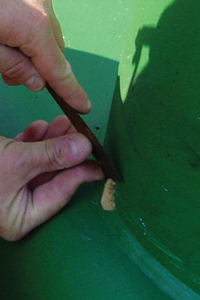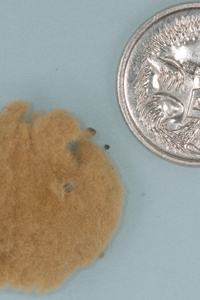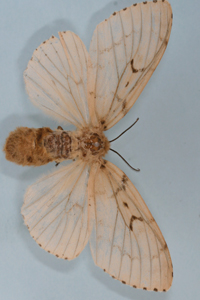The Flighted Spongy Moth Complex (FSMC) - (Lymantria dispar asiatica formerly known as Asian Gypsy moth) is native to China and Far–East Russia and is commonly found in Korea and Japan.



Note: images are not to size
The risk to Australia
Flighted Spongy moths are a biosecurity risk to Australia because the caterpillars feed on the leaves of more than 600 species of trees, such as oak, birch, aspen, eucalyptus, holly, rose, fruit trees and ornamental plants. The spread of Spongy moth could have devastating effects to our agribusiness and horticultural industries.
What the Flighted Spongy Moth Complex looks like
Adult males are a grey-brown colour with a wingspan of 30 to 40 millimetres. Females are pale yellow with dark brown markings and a wingspan of 40 to 70 millimetres. Adult females can fly up to 40 kilometres which greatly increase the chances of the species spreading.
Flighted Spongy Moth Complex egg masses are covered in yellowish scales, about 40 x 20 millimetres in size and can contain more than 1000 eggs. The freshly hatched hairy larvae can spin silk threads helping them balloon (drift on air currents) for up to eight kilometres if weather conditions are right. Later stages of larvae vary in colour, but have two distinctive rows of large spots along the back – usually five pairs of blue and six pairs of red from head to tail.
What to look for and where
Flighted Spongy Moth Complex egg masses are tolerant of extremes in temperature and moisture. They are commonly found on ship hulls and rigging, cargo containers and vehicles.
SEE. SECURE. REPORT.
If you see this pest or any other pest that you think may have hitchhiked to Australia, contain it where possible and immediately report it to the Department of Agriculture, Fisheries and Forestry on 1800 798 636.
For safety consult a Department of Agriculture, Fisheries and Forestry entomologist before handling specimens.
